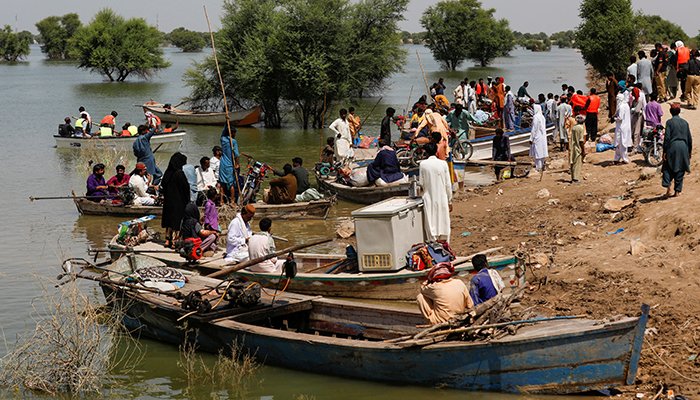The terrible floods caused total cumulative damage of more than $30 billion, according to Minister of State for Finance Dr. Aisha Ghaus Pasha, The News said.
She told reporters that the World Bank, Asian Development Bank, and UN were undertaking a damage need assessment (DNA) to determine the precise losses and construction costs after visiting the NA Standing Committee on Finance.
Dr. Pasha added that Pakistan would approach the IMF and other bilateral creditors for loans once the losses brought on by the natural disaster had been calculated.
The IMF has imposed criteria for boosting power rates even higher and prohibiting more tax exemptions ahead of the next ninth review under the Extended Fund Facility (EFF).
The achievement of a primary surplus of Rs153 billion for the current fiscal year was also subject to constraints.
In Pakistan, a country of 220 million people, record monsoon rains in the south and southwest and glacier melt in the north are what caused the floods that has displaced almost 33 million people and destroyed houses, crops, bridges, highways, and livestock.
The country’s GDP growth will drop from the expected objective of 5% stated in the budget when it narrowly avoided defaulting on its debt in a balance of payment crisis to about 3% as a result of the losses.
When the floods came, Pakistan was already experiencing severe economic setbacks; its current account deficit had widened and its foreign reserves had dwindled to only one month’s worth of imports.
Mahnur is MS(development Studies)Student at NUST University, completed BS Hons in Eng Literature. Content Writer, Policy analyst, Climate Change specialist, Teacher, HR Recruiter.










